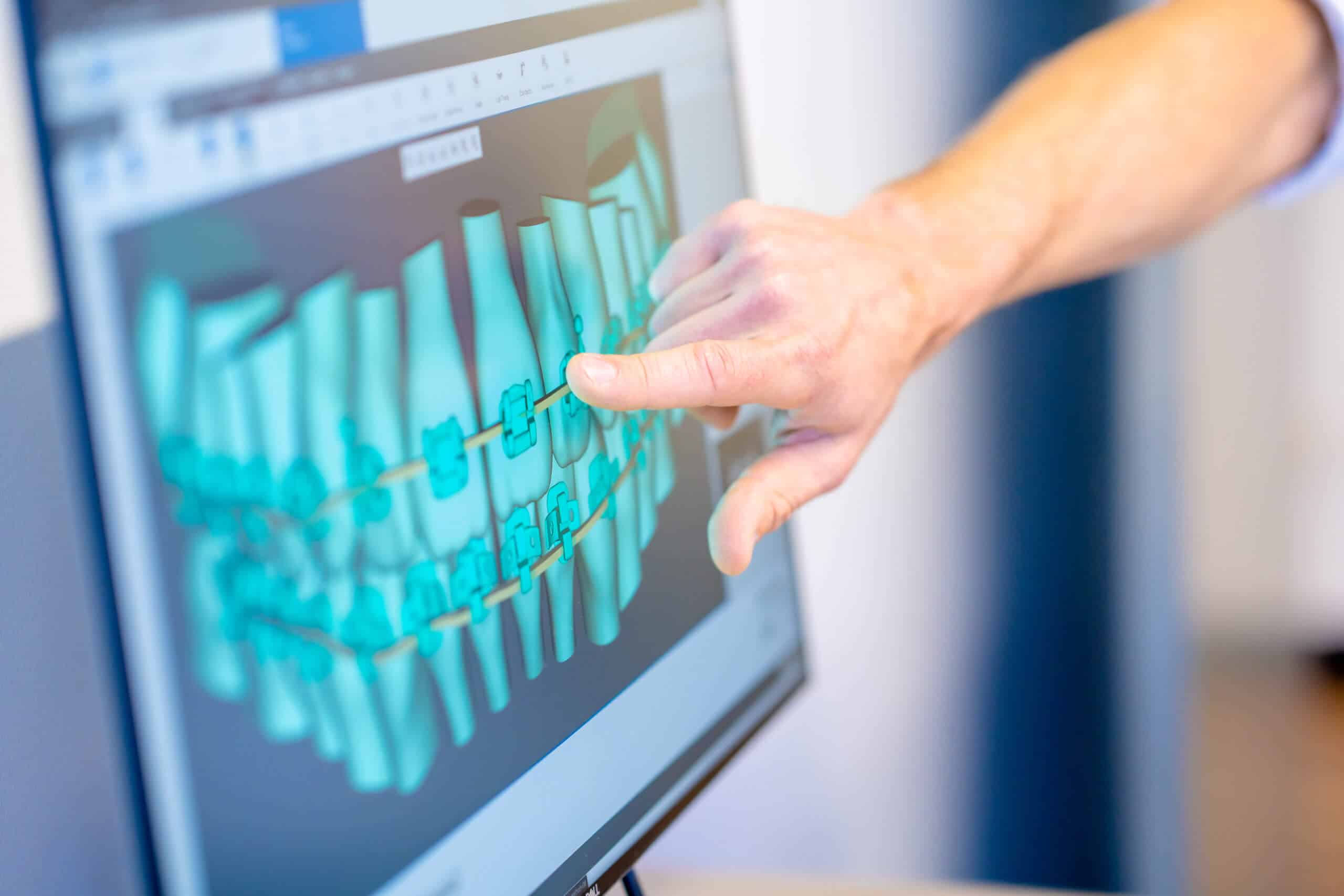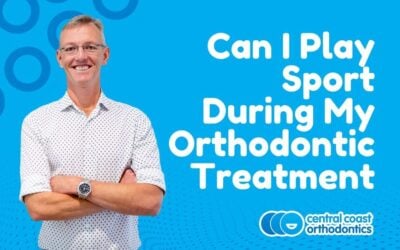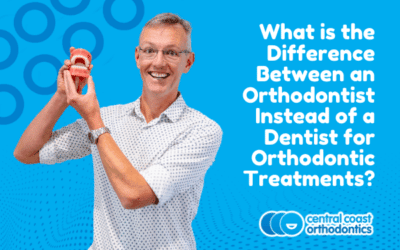What Are the Different Types of Braces and the Pros and Cons of Each One?
Hi there, Simon Deall from Central Coast Orthodontics, I was with a new patient Tom from Wamberal yesterday, and he was looking at re-aligning his teeth. And he asked me… What are the different types of braces are there, and what are the pros and cons of each one, so I thought I’ll make a video sharing with you what I shared with him, just in case you are thinking of the same thing…
When considering which type of orthodontic treatment is best for you, there are a few options and so it can be a little confusing. The most common types are traditional metal braces, clear or tooth coloured braces, lingual braces and clear aligners such as Invisalign.
Traditional Metal Braces:
Traditional metal braces have been around for a long time, they’ve become smaller and more discrete since the days when they were big and chunky, but essentially they function the same as they always have and that’s simply as a handle on the tooth, for the wire to attach to with some elastics so that we control the tooth position, or sometimes they have an inbuilt clip which holds the wire in. With the metal braces, you can accessorise by choosing different colours at each visit which adds some fun to the process, particularly for younger patients.
Ceramic Braces:
Clear tooth coloured ceramic braces work exactly the same way as the traditional metal braces, they just look more discrete as they blend into the tooth so they look much better and that’s why many older teenagers or adults prefer them.
Lingual Braces:
There are also lingual braces that sit on the tongue side of your teeth so you can’t see them.
Clear Aligners:
Then there are also clear aligners such as Invisalign, and they are the most aesthetic treatment option. They are a clear layer of plastic made by first taking a 3D scan of your teeth, we then digitally plan the tooth movements with some software and then a series of clear aligners are made to fit your teeth and sequentially move them into the desired position.

There are types of bite problems where one option may have advantages over another, but more often than not there’s not necessarily one option that’s better than another, the most important thing is to choose which treatment option that you feel is most suitable for you or your child.
So I hope you’ve found this short video useful, and clear some confusions around the different types of braces. And if you or your child are looking for an orthodontist to help you realign your smile, we would love to look after you. Simply give us a call, complete the enquiry form on the website, or send us a direct message on social media, and we will help you organise your appointment. See you in the next video!
DISCLAIMER:
The content has been made available for informational and educational purposes only. Central Coast Orthodontics does not make any representation or warranties with respect to the accuracy, applicability, fitness, or completeness of the content.
The content is not intended to be a substitute for professional personal diagnosis or treatment. Always seek the advice of your dentist or another qualified health provider with any questions you may have regarding a dental or medical condition. Never disregard professional advice or delay seeking it because of something you have read or seen on the Site.
Learn More About
Related Articles
What to Expect During Your Orthodontic Treatment?
Hi there, Alistair King here from Central Coast Orthodontics. When people come to see us for their...
Can I Play Sport During My Orthodontic Treatment?
Hi there! Alistair here from Central Coast Orthodontics. I was with our new patient Jacob and his...
3 Problems Caused by Crooked Teeth?
Hi there, Simon Deall from Central Coast Orthodontics here. Today I wanted to share with you the...
What Is the Difference Between an Orthodontist Instead of a Dentist for Orthodontic Treatments?
Hi! Alistair King here from Central Coast Orthodontics. I caught up with some high-school friends...







